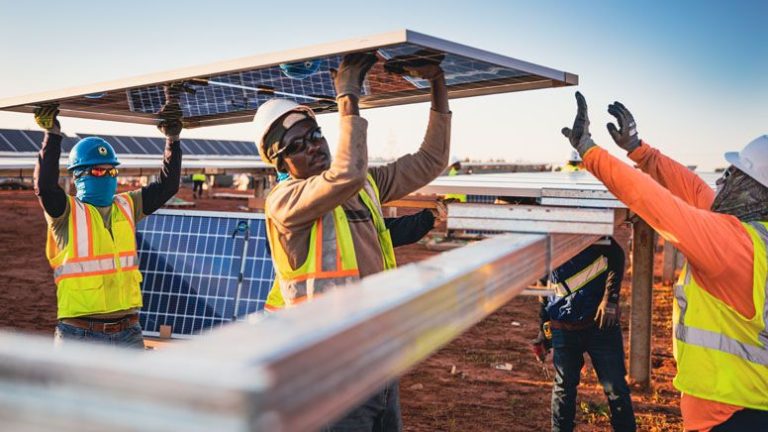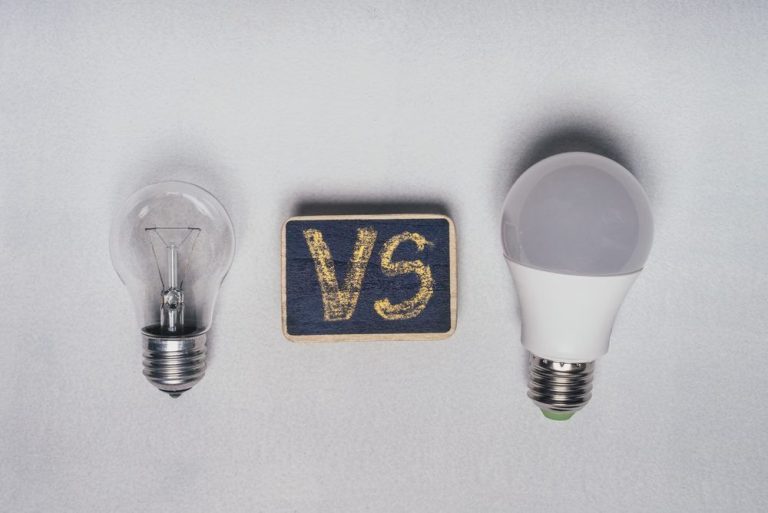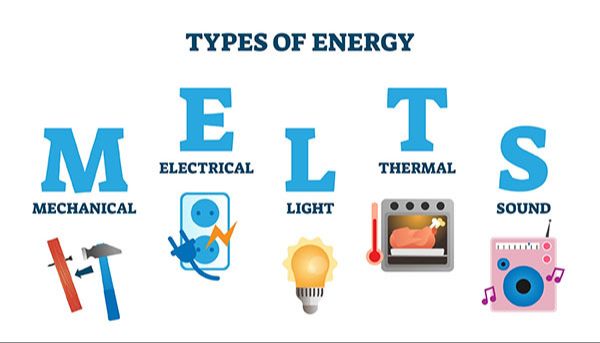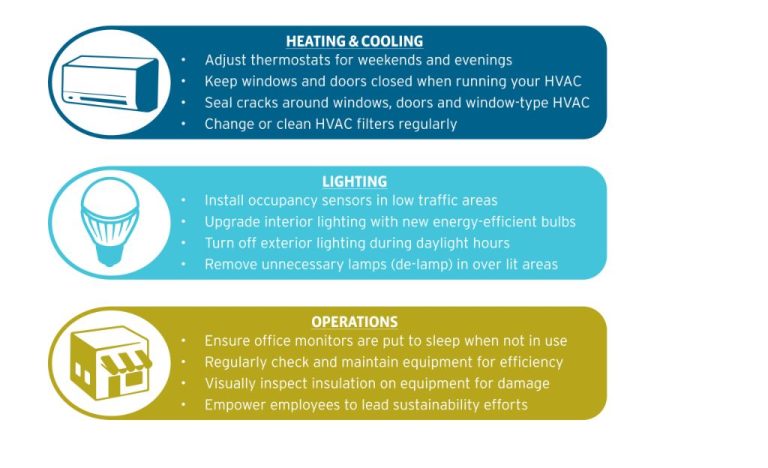How Is Energy Efficiency In Green Building?
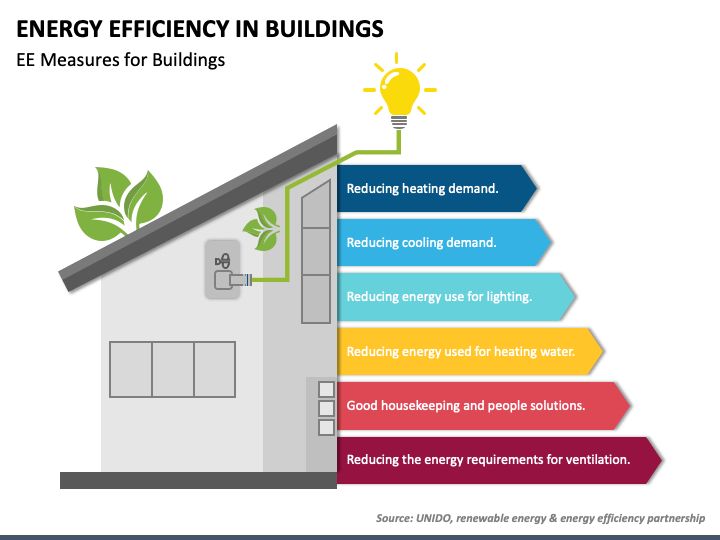
Green buildings, also known as sustainable or high performance buildings, are designed to reduce negative impacts on the environment and human health. Some key features of green buildings include energy efficiency, renewable energy use, water conservation, sustainable building materials, and waste reduction.
Energy efficiency is a critical component of green building design. It involves strategies to reduce energy use and costs through building orientation, insulation, lighting, heating and cooling systems, appliances, and other features. Studies show green buildings use 25-50% less energy than conventional buildings. This saves money on utility bills and reduces greenhouse gas emissions associated with fossil fuel energy production. Given buildings account for over 40% of global energy consumption, improving efficiency in the built environment is key to mitigating climate change.
Benefits of Energy Efficient Buildings
Energy efficient buildings provide numerous benefits compared to conventional buildings. Some of the key benefits include:
Reduced energy costs: Energy efficient buildings consume less energy for heating, cooling, lighting and other systems. This leads to lower utility bills and long-term cost savings for building owners and occupants. Energy efficient building features like high efficiency HVAC, added insulation, ENERGY STAR appliances, and LED lighting all contribute to lower energy usage (https://www.betterbuildingsbc.ca/faqs/what-are-the-benefits-of-energy-efficient-buildings/).
Lower carbon emissions: With reduced energy consumption, energy efficient buildings also have lower greenhouse gas emissions associated with energy use. This helps mitigate climate change and environmental impacts. The U.S. Department of Energy estimates that buildings account for 76% of electricity use and 40% of all U.S. carbon emissions, so efficiency improvements can make a major difference (https://www.energy.gov/eere/energy-efficiency-buildings-and-industry).
Healthier indoor environment: Energy efficient buildings often have improved ventilation, air sealing, and humidity control. This creates a healthier indoor air quality and reduces problems like mold and mildew. Efficiency measures also reduce pollution from power plants that generate electricity for buildings.
Design Considerations
There are several key design considerations when building an energy efficient structure:
Building Orientation: The orientation and layout of the building can maximize passive solar heating, cooling, and lighting. Properly orienting the building to account for sun angles, winds, vegetation, and climate is crucial. South facing windows optimize solar gain in colder climates. Overhangs, fins, shades can prevent overheating from direct sun exposure.
Insulation: Proper insulation levels in walls, roofs, floors, foundations and rim joists reduces conductive heat transfer and lowers energy costs for heating and cooling. Insulation rated at least R-20 to R-30 in walls and R-38 to R-60 in ceilings is recommended per U.S. Department of Energy. High performance insulation materials further reduce heat transfer. Air sealing gaps and cracks also improves efficiency. [1]
Windows and Glazing: Energy efficient windows with low U-factors avoid heat gain/loss while maximizing light transmittance. Double or triple paned windows filled with argon/krypton gas have improved insulation. Window frames with thermal breaks reduce conduction. Proper glazing system selection and shading optimizes solar gain in winter and cooling in summer.
Energy Efficient HVAC: Heating, ventilation and air conditioning equipment selection significantly impacts energy use. High efficiency furnaces, boilers and air conditioners with proper sizing and installation avoids energy waste. Programmable thermostats, zoned control, and occupancy sensors optimize HVAC operation. Effective ventilation meets indoor air quality goals without over conditioning. [2]
On-Site Renewable Energy
Installing renewable energy systems at commercial and residential buildings can help reduce their dependence on grid electricity and lower carbon emissions. According to the EPA, on-site renewable energy accounted for about 2.8% of commercial electricity use in 2018, up from 2.4% in 2012 (EPA). The most common on-site systems at buildings are solar photovoltaics, wind turbines, and geothermal heat pumps.
Solar panels can be installed on rooftops, building facades, or the surrounding land. Panels convert sunlight into electricity to power lighting, appliances, and electronics. According to the Department of Energy, solar meets over 5% of electricity demand in over 500,000 commercial buildings in the U.S. (DOE).
Small wind turbines can also generate electricity on-site if there is sufficient wind potential. The turbines are mounted on towers and the rotation of the blades converts wind into energy. Wind power is more common for larger facilities with available open space (EnergyStar).
Geothermal heat pumps use the stable temperatures underground to heat and cool buildings very efficiently. They transfer heat between the building and ground through buried piping systems. According to the EPA, geothermal energy is used in over 50,000 commercial buildings in the U.S. (EPA).
Smart Building Automation
Smart building automation systems can significantly improve energy efficiency in green buildings. According to ABB’s white paper on energy efficiency of smart buildings, building automation and control solutions ensure advanced, energy-efficient and safe operation of buildings (source). Key areas where smart automation improves efficiency include occupancy sensors, smart thermostats, and automated shade control.
Occupancy sensors automatically turn lights, HVAC systems, and other equipment on or off based on detecting motion and occupancy. This prevents energy waste from lighting and climate control in unoccupied spaces. Smart thermostats optimize heating and cooling based on occupancy schedules and preferences, leading to less energy usage. Automated shade control tracks sunlight and adjusts window shades to maximize daylight while minimizing solar heat gain that increases air conditioning needs. Together, these smart automation systems can reduce a building’s energy usage by 10-20% (source).
Energy Efficient Appliances
Incorporating energy efficient appliances into green buildings is one of the most impactful ways to reduce energy consumption. According to the EPA’s Energy Star program, appliances account for about 20% of a home’s energy use (1). Upgrading to energy efficient models can lead to significant energy savings over the appliance’s lifetime.
One of the most effective upgrades is switching to LED lighting. LED bulbs use at least 75% less energy and last up to 25 times longer than traditional incandescent bulbs (2). Replacing all lighting with LEDs results in lower electricity bills and reduces the frequency of bulb replacements.
Choosing appliances with the Energy Star label ensures they meet strict energy efficiency standards set by the EPA. Energy Star certified refrigerators are 9% more efficient on average than models that simply meet the federal minimum standard (3). Washing machines, dishwashers, and other appliances with the Energy Star label offer similar savings compared to conventional models.
Installing low-flow plumbing fixtures such as faucets, showerheads and toilets is another way to cut water consumption. EPA certified WaterSense labeled models are 20% more water efficient on average (4). This preserves resources while reducing hot water heating costs.
(1) https://www.energystar.gov/products/products_list
(2) https://www.nrel.gov/docs/fy01osti/26468.pdf
(3) https://www.eesi.org/papers/view/fact-sheet-energy-efficiency-standards-for-appliances-lighting-and-equipmen
(4) https://www.epa.gov/watersense/statistics-and-facts
Building Materials
Using energy efficient and sustainable building materials can greatly reduce the environmental impact of a building. Some top options include:
Recycled Materials
Using recycled materials like recycled steel reduces the need for virgin materials extraction and saves energy in the manufacturing process. Recycled steel requires 90% less energy to produce than virgin steel.
Local Materials
Choosing local building materials reduces transportation energy and supports local economies. Local wood, stone, earth, straw, and other natural materials tend to have lower embodied energy than imported materials.
Energy Efficient Windows
High performance windows like triple pane and gas-filled windows provide better insulation. Low-emissivity coatings help prevent heat gain in warm climates and heat loss in cool climates. Efficient windows save energy on heating and cooling.
Construction Practices
Proper construction practices are crucial for achieving energy efficiency in buildings. Three key practices include:
Air sealing – Careful air sealing involves the use of caulks, sealants, and weatherstripping to reduce air leakage in the building envelope. Major areas to address include gaps around windows, doors, electrical outlets, and attic hatches. Proper air sealing can improve energy efficiency by up to 10%, according to the Department of Energy (energy.gov).
Proper insulation installation – Insulation needs to be installed correctly to achieve its rated R-value. Problems like gaps, compression, and air pockets can reduce effectiveness. Quality installation requires attention to detail around joists, studs, rafters, ductwork, and other obstructions (https://www.cfisherconstruction.com).
Quality assurance – Ongoing quality checks during construction ensure proper attention is paid to air sealing, insulation, and other efficiency measures. Blower door testing, infrared scans, and commissioning help identify any issues to address before completion (https://www.shipleyenergy.com).
Building Certifications
There are several major green building certification programs that rate and recognize buildings for their sustainable design and construction. Some of the most well-known certifications include:
LEED – The Leadership in Energy and Environmental Design rating system, developed by the U.S. Green Building Council, is the most widely used certification globally. There are different LEED rating systems for various building types that award points for sustainability strategies related to site, water efficiency, materials, indoor environmental quality and more. Based on the number of points achieved, buildings can earn LEED Certified, Silver, Gold or Platinum certifications.
Energy Star – The ENERGY STAR certification recognizes commercial and residential buildings that perform in the top 25% for energy efficiency compared to similar buildings nationwide. Benchmarking energy performance and meeting strict requirements for efficient operations are key for certification.
Passive House – The Passive House standard focuses on creating buildings with exceptional efficiency, using minimal energy for heating and cooling. Strict criteria related to airtightness, thermal performance, and primary energy usage must be met. The voluntary Passive House certification is managed by the Passive House Institute.
Living Building Challenge – The Living Building Challenge is considered the world’s most rigorous green building certification. It promotes regenerative design through requirements organized around seven performance areas related to site, water, energy, health, materials, equity and beauty. Projects must demonstrate net positive impacts.
Conclusion
In summary, implementing energy efficiency measures in green buildings provides numerous benefits. Energy efficient buildings reduce energy usage, lower utility bills, and decrease greenhouse gas emissions. Key design considerations include utilizing on-site renewable energy, installing smart building automation systems, using energy efficient appliances and equipment, selecting sustainable building materials, and following green construction practices. To showcase a building’s level of efficiency, projects can aim to achieve certifications such as LEED, Energy Star, and Passive House. Looking ahead, trends point to net zero energy buildings becoming more commonplace through the use of better insulation, air sealing, LED lighting, and on-site solar panels. With climate change accelerating, energy efficient buildings will only grow in importance for sustainable, cost-effective, and environmentally-friendly living and working spaces.

